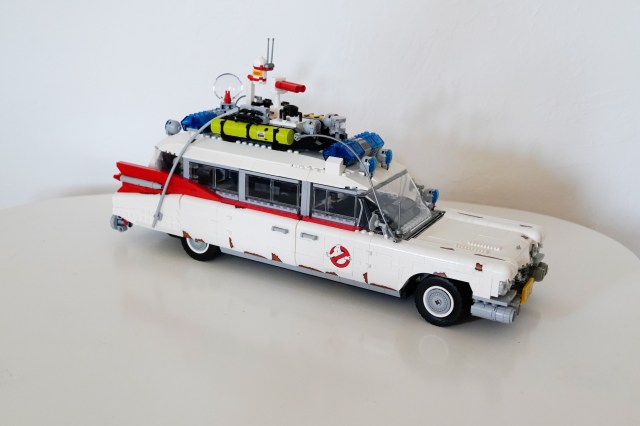Step-by-Step Guide to Restoring Your Favorite Vintage Toys Without Damage
Restoring vintage toys can be a rewarding hobby, bringing cherished items back to life while preserving their history. However, it’s essential to approach restoration with care to avoid damaging these beloved collectibles. This step-by-step guide will help you restore your favorite vintage toys safely and effectively.
Assessing the Condition of Your Vintage Toy
Before diving into restoration, take a close look at your toy’s condition. Identify any missing parts, paint loss, or structural damage. Document these issues with photos for reference during the restoration process. Understanding the extent of damage will help you plan your repair strategy without compromising the toy’s integrity.

Gathering Necessary Supplies
Once you’ve assessed the condition of your toy, gather all necessary supplies for the restoration. Common tools and materials include soft cloths, mild soap, water, brushes (both fine and coarse), adhesives like PVA glue or super glue for small repairs, touch-up paint that matches original colors, and lacquer or sealants for finishing touches.
Cleaning Your Vintage Toy
Start by gently cleaning your toy using a soft cloth and mild soap mixed with water. Avoid harsh chemicals that could damage paint or plastic surfaces. For harder-to-reach areas or intricate designs, use a soft brush to remove dust and debris carefully. Ensure that the item is completely dry before moving on to any repairs.
Repairing Structural Damage
Address any structural issues next. If parts are broken or missing, use an appropriate adhesive to reattach them securely without applying excessive pressure that could cause further damage. If you’re working with plastic pieces that have cracks, consider using epoxy putty as it provides sturdy support while blending well after painting.
Finishing Touches: Painting and Sealing
After making necessary repairs and ensuring they’re secure and dried properly, it’s time for painting if needed. Use touch-up paints carefully matched to original colors; apply them in thin layers for a seamless look. Once everything is painted and dried thoroughly (which may take several hours), apply a clear lacquer sealant to protect finishes from wear over time.
Restoring vintage toys is not only about improving their appearance but also about honoring their history as cherished collectibles. By following these careful steps—assessing condition accurately, cleaning gently, repairing thoughtfully, painting delicately—you can successfully bring old memories back into play without causing harm. Happy restoring.
This text was generated using a large language model, and select text has been reviewed and moderated for purposes such as readability.


